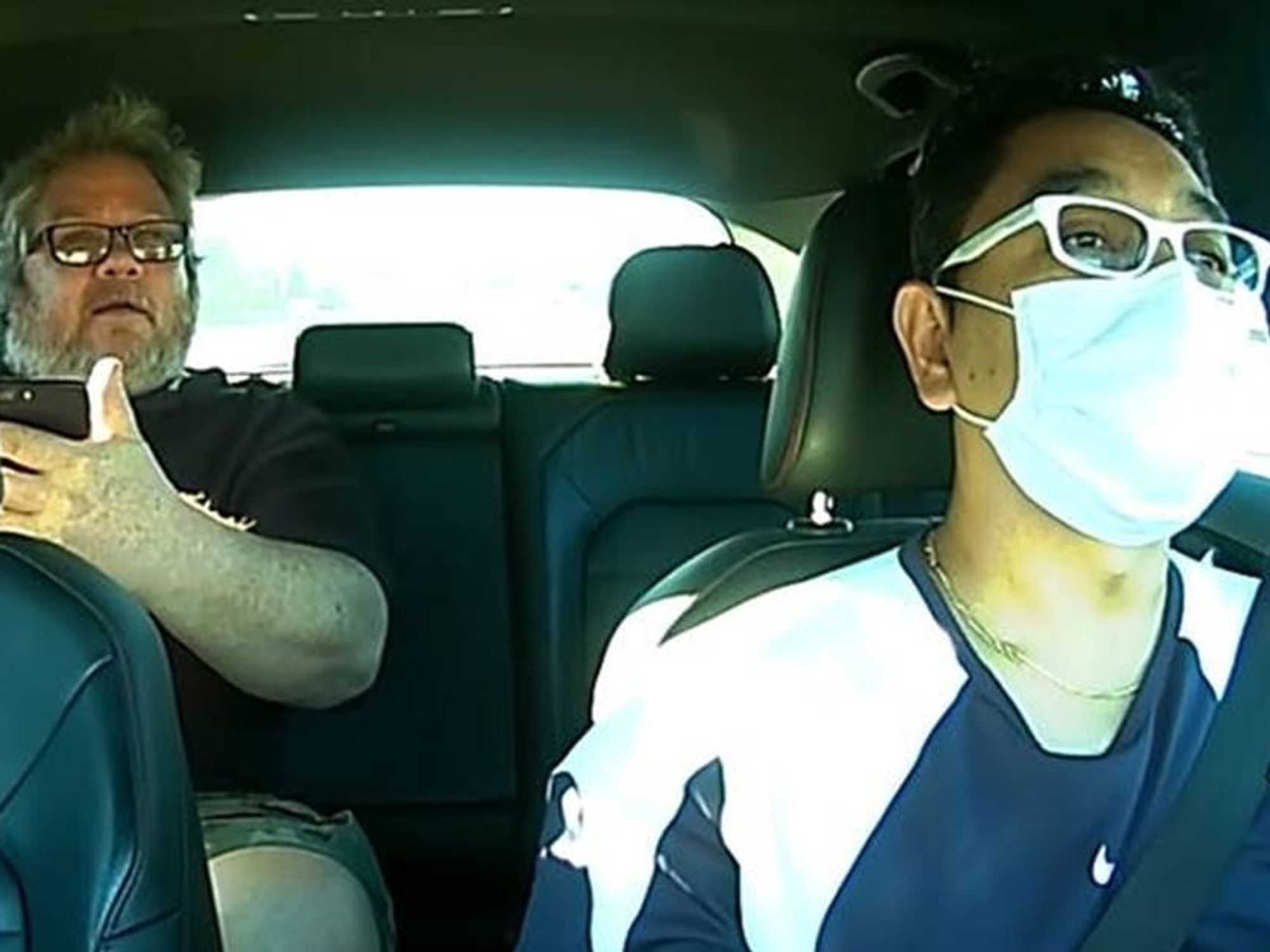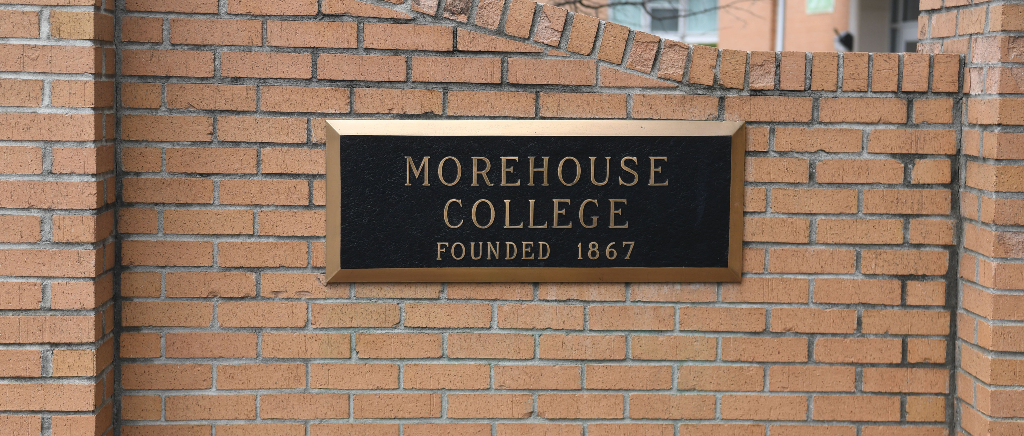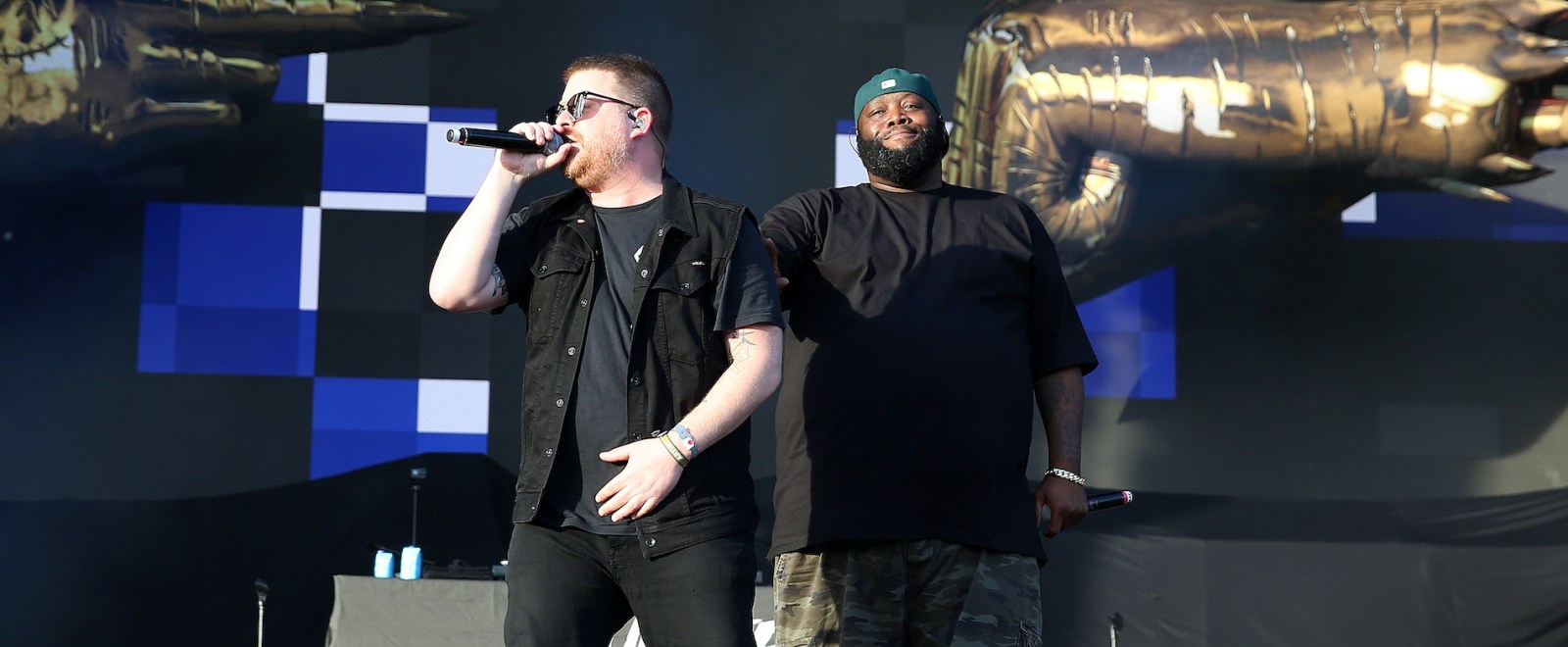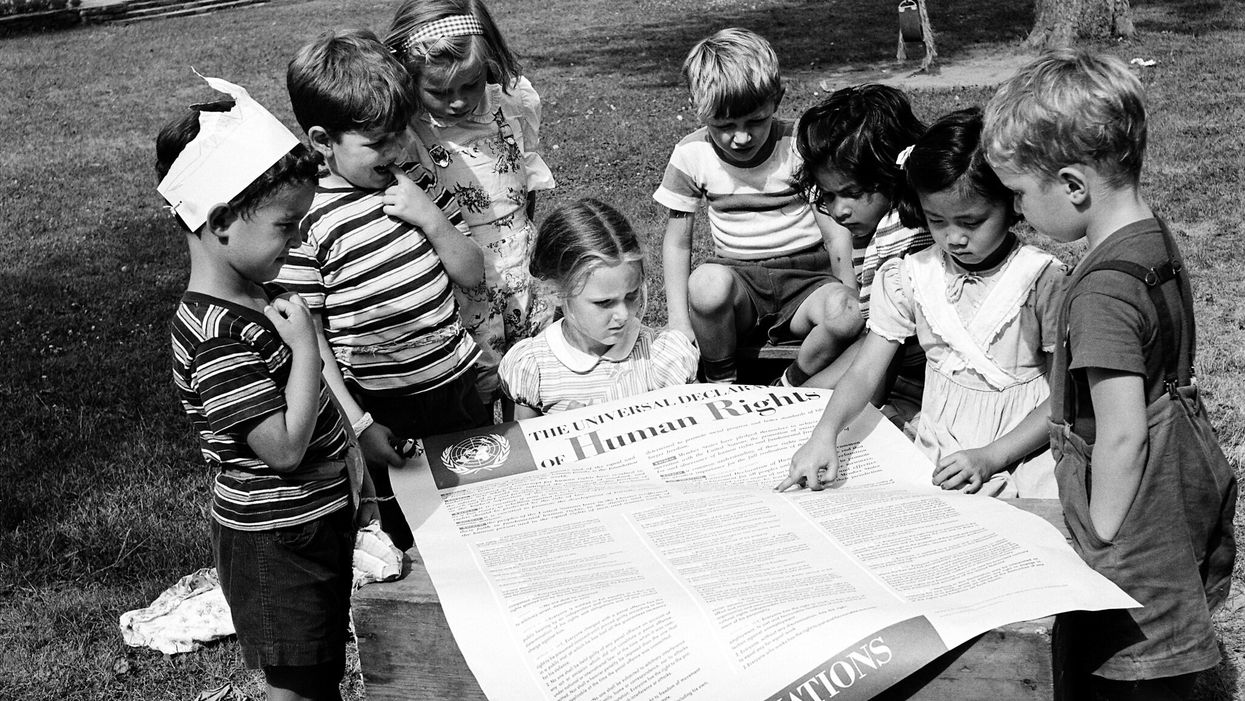
The fount of joy that is Bill Walton has been plugged up as he’s been away from ESPN broadcasts the past three months, but an interview with Tim Cato of The Athletic uncovered a fantastic new story of how Walton once helped Rick Carlisle, a former teammate and current head coach of the Dallas Mavericks, acquire Grateful Dead tickets for Carlisle during his first date with his wife, Donna.
Walton had a relationship with Grateful Dead Productions President Laurence “Ramrod” Shurtliff, and the band would mail Walton their tour schedule ahead of time. He found out late in the afternoon that Rick and Donna were headed to a show in Washington, D.C., but encouraged them to go nevertheless, and tell the folks running the event that they knew Ramrod. From there, Walton’s magic worked.
From Cato’s interview:
And so he goes to the Capitol Center with Donna, going through the crowd, and so Donna’s like, “Wait a second, we’re going to a concert and we don’t have any tickets? And we don’t have anything? This is our first date? What am I doing here with this guy.” And so they get to the back door, somehow, some way. Rick knocks on the door and this big, burly guy opens the door and says, “Who are you and what do you want?” And Rick and his very quiet, very shy way says, “Is Ramrod here?” And the guy steps back and says, “Who are you and what do you want Ramrod for?” And Rick says, because I had told Rick to go to that backdoor and ask for Ramrod, so Rick says to the guy, “My name is Rick Carlisle, and Bill Walton told me to come and ask for Ramrod.”
So the guy relaxes a little and he says, “Wait here.” So he closes the door and five minutes later Ramrod shows up, comes to the backdoor, he knows Rick because Rick had been to a whole bunch of concerts with us before, and so Ramrod says, “Come on in, Rick, and bring your lovely friend.” So Ramrod walks him through the backdoor, takes him up and puts him right on the stage about 10 feet away from Jerry Garcia, gives him two chairs and a cooler full of drinks, and says, Enjoy the show.
As Walton explained, having this sort of in is just “the way life works with the Grateful Dead,” and fortunately for Carlisle, having this in led to a pretty good first date, as he’s been married to Donna for years. It stands to reason that it will be a while until Walton is back on television again, if only because the ongoing pandemic likely means hat we won’t get college basketball for a while, but someone should really give him a gig on a morning talk show or something, because we could use as much Bill Walton as possible right now.








 Wikimedia/Marco Carrasco
Wikimedia/Marco Carrasco